When we’re out canoeing, we can move around on the water using pretty much anything – but using a paddle which puts a smile on our face can add magic to even the best experiences.
WHAT'S A GOOD "STARTER" PADDLE?
A favourite paddle is like a favourite pair of shoes: comfortably familiar, reassuring in use, and perhaps our preferred choice even where we might do better with another choice.
If we ask around, we find every imaginable preference from efficient, small-bladed paddles which are easy on the body to larger bladed paddles which offer a more solid "grip" on the water.
Fortunately, most of us adapt easily enough to any paddle that's "good enough" (appropriate for us, and for what we're doing)… and in time, any "good enough" paddle can always go on to become our trusty spare!
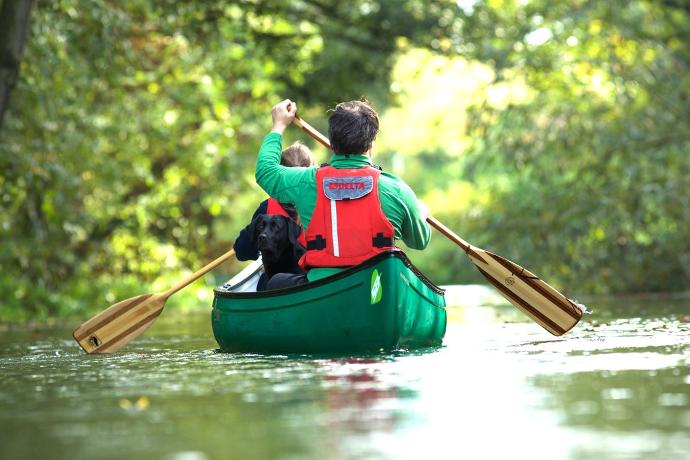
Of course, what we consider "good enough" can change, both as we change (e.g. develop different priorities, become more skilled) and as what we are doing changes (e.g. from river canoeing to journeying on exposed open water, or from touring to participating in challenge events).
Ready to buy? Move to our blog on Sizing a Canoe Paddle - because we can adapt to many different paddles… but with a significantly undersized or oversized blade, paddle shaft or grip, we can just as easily create problems for ourselves.
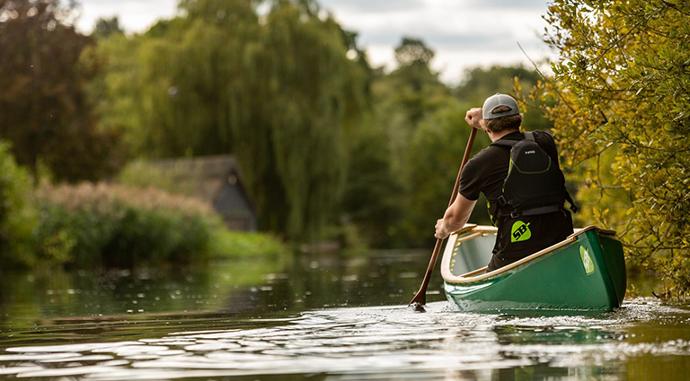
AN "ENTRY LEVEL" PADDLE?
At one extreme, a few of us genuinely prefer paddling with a "beater" paddle: a cudgel or shovel which can be used and abused in every imaginable way and which we find “good enough” for job one.
Some very basic paddles are just aluminium shafts and flat, nylon or polyurethane blades. Weight, balance and refinement? Forget it – but they’re cheap, they work and we’re not going to cry if one gets mislaid!
If we'd like to be able to leave our paddle lying around, and to use it to push ourselves along in shallows and on portages… these paddles win.
Fortunately, we don't generally have to spend a great deal more to get paddles we find more agreeable, whether that's because they balance more to our taste, or have a grip that fits better in our hands and for our paddling style, or have cambered blades and fine edges in ways which work better for sliced strokes.
Mid-level paddles are generally available with a straight shaft (traditional, and favoured by most who kneel) or with a bent shaft (which has advantages for those who mostly sit, and especially for those who like to use North American Touring Technique).
STARTING WITH A MID-LEVEL PADDLE?
Does any one thing make a mid-level paddle “appropriate” for us and for what we want to do? Up to a point, no!
What we want from a paddle could be warmth-in-the-hand (which generally means wood) and refinement through the water (which typically means a double-camber rather than a very flat blade).
Someone else might prioritise additional flex in the shaft (perhaps a single wood rather than a combination of woods), plus a “traditional” shape (maybe long and thin) and perhaps particular finish such as oiled or varnished.
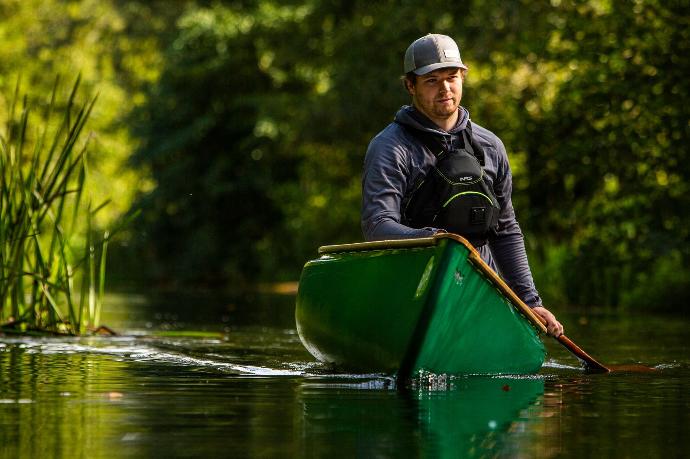
At entry level, paddle-blades tend to be large (maybe 775-840cm² / 120-130 square inches: easy for gripping the water). As we move up through mid-level paddles, we typically find more variations in blade size, and more blade areas in the 515-546cm² / 80-100 square inch range (highly efficient at higher stroke-rates).
Even if we're starting out, we may be able to justify investing in a higher-end paddle offering more agreeable weight and balance, improved materials and aesthetics, a blade that slices more nicely through the water, or a more authentic connection with tradition. For these considerations, read our Choosing a More Refined Paddle blog.
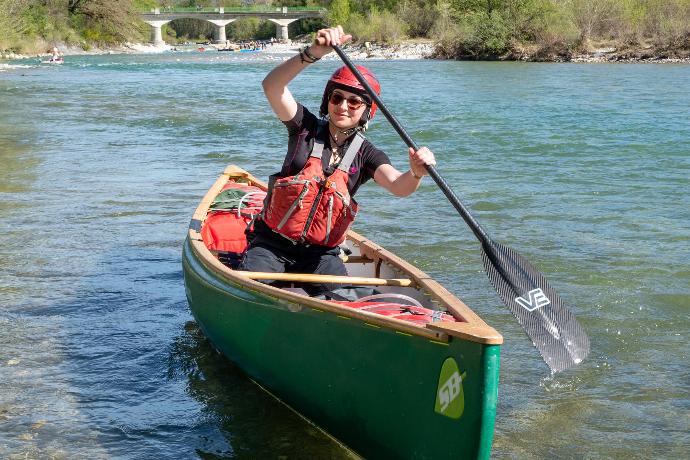
MORE ROBUST? OR LIGHTER WEIGHT?
If we have aspirations to paddle rocky rivers and/or white water and we want a connection with the water that feels secure and powerful at all times we might go for a short but wide blade, and perhaps one that’s curved or spooned.
If we want a robust paddle, we might go for modern materials, but we can still go traditional by choosing a wooden paddle with a reinforced blade.
More robust paddles are commonly larger-bladed paddles. These may be preferred by stronger paddlers wanting a longer, slower stroke, especially when we are bullying our fully-loaded canoes around whilst surfing downwind or in big white water.
If we don’t want to go traditional, and perhaps care more about weight, efficiency and the balance of the paddle in our hand we might get drawn first towards the smaller (perhaps squarer, but almost always lighter) blade, with more refined (but more delicate) edges.
If in doubt, please consider that smaller bladed paddles tend to be lighter and better balanced. As a rule, they encourage a good stroke and a higher cadence (stroke rate). They may also put less stress on our bodies.
DO GRIP AND SHAFT SHAPES MATTER?
Grip preference is almost entirely a matter of aesthetics and comfort, but whatever we choose should fit our top hand!
Most of us settle on some form of pear grip for ordinary, everyday paddling, as these tend to be comfortable for almost any purpose, but a “Tee” grip of some kind is common in entry level paddles and among white-water canoeists.
Paddle shafts may be oval in cross-section, and may even be tapered. In some cases, paddle shafts may even be double-cranked. None of these features is essential to a good paddle: they are matters for personal preference.
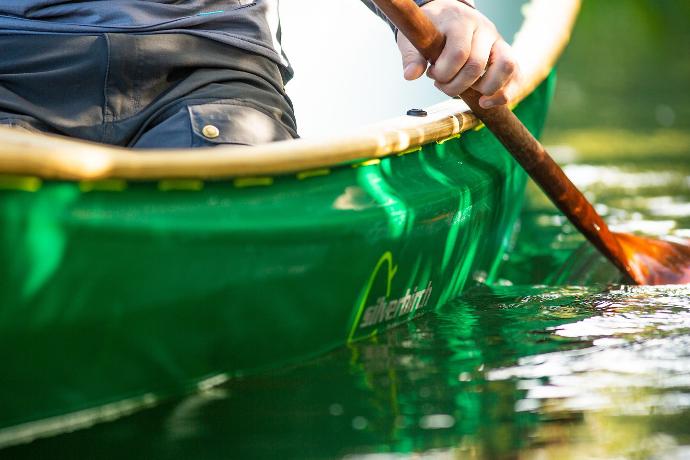
Paddle shaft diameter is complex area where personal experiences vary enormously. Staying loose with our lower hand should limit the likelihood of issues arising, but everyone should consider what feels comfortable as even a slightly undersized or oversized paddle shaft can over-strain our wrists.
Anyone with concerns about strains or injuries might consider alternating two separate paddles with contrasting characteristics. Different shaft and grip diameters might help, as might different lengths, flex or blade area.


